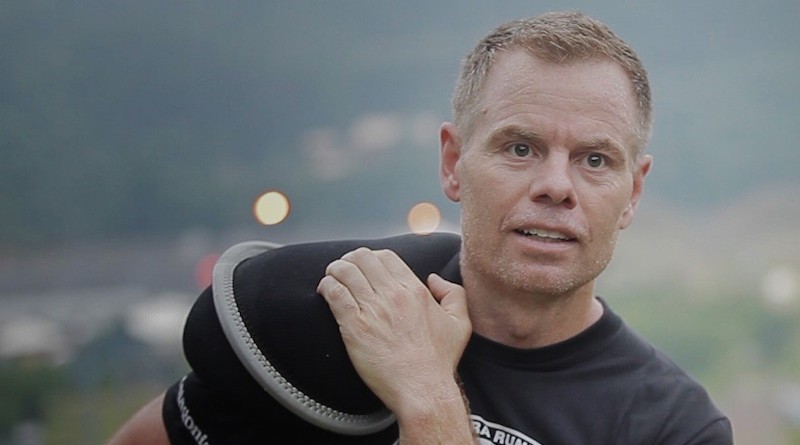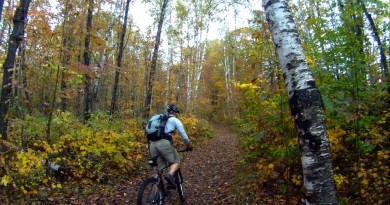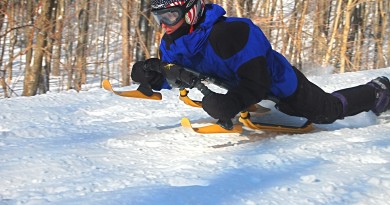Joe De Sena Has Olympic Dreams For Obstacle Racing
Now that the Rio is over, one Pittsfield resident is already thinking about new sports for the Olympic Games.
As it goes global, I’m setting a new goal for myself and my team at Spartan Race. It will be the hardest and longest endurance challenge I’ve ever undertaken. It might take me 20 years—it might take us 20 years— but I am committed to making obstacle racing into an Olympic sport.
There’s a long list of emerging and established sports fiercely competing for a spot that may become available should another event lose its place. The International Olympic Committee (IOC) has a detailed process for accepting new sports and eight criteria: universality; financial viability; governance; development of the sport; care and cultivation of athletes; history and tradition; and the value that a new sport brings.
Obstacle racing already fulfills many of these criteria and is laying the groundwork to fulfill the rest. First and foremost, it is a sport that is deeply tied to Olympic history.
Imagine what it must have been like to attend the ancient Olympics.
The Olympic Truce meant that athletes and spectators could travel safely to the city without fear of attacks. This ekecheiria, the “laying down of arms,” was a period when wars were suspended and local disputes put on hold—a time when real violence became symbolic violence, when aggression was channeled to nobler ends.
Citizens swarmed to Olympia, where the main stadium alone held over 45,000 spectators, with tens of thousands more in attendance. The athletes stripped bare and competed nude to showcase the beauty of the human body—no sponsor logos, no high-tech equipment and no pretentious apparel. The victors received nothing but a wreath of olive leaves and prestige. It was sport, pure and simple.
The roster of events started with only footraces, but eventually grew to include boxing, wrestling, pankration (a combination of wrestling and boxing), chariot racing and pentathlon (running, long jump, javelin, discus, and wrestling). And in 520 B.C., the year of the sixty-fifth Olympiad, a new athletic event was revealed: the hoplitodromos, or “race of soldiers.”
The hoplitodromos consisted of a 400-meter run while clad in armor—shield, helmet, and greaves (shin guards). The wooden shield was covered in bronze, measured about three feet across, and weighed fifteen pounds or more. The hoplite run was an immediate success. It was the last new event added to the ancient Olympics—and due to its popularity, it quickly occupied a place of honor: the final contest on the last day of every Olympic Games.
The ancient Olympics were celebrated for over a thousand years, from 776 B.C. to roughly A.D. 393. Then, they lay dormant for over a millennium until the visionary French educator and historian Pierre de Coubertin helped reestablish the Olympics in 1896.
At that point, the hoplite run was as much a relic as the opening prayers to Zeus. Still, Coubertin was inspired by the ancient military usefulness of the events. So he created a modern version of the pentathlon—horseback riding, fencing, pistol shooting, swimming, and running. He was also inspired by the demands of the quintessential modern soldier: deliver a message on horseback, fight a duel, shoot his way to freedom, swim a river, and run the rest of the way. Modern pentathlon was added to the Olympics in 1912 and has remained an event ever since.
Obstacle racing is a thread that has woven its way from the first hoplitodromos in the 65th Olympiad through the ages up to the modern pentathlon. It embodies Coubertin’s desire for a multidisciplinary event that “tested a man’s moral qualities as much as his physical resources and skills, producing thereby the ideal, complete athlete.”
Obstacle racing is already the fastest-growing participatory sport in the world: there were over four million participants in more than 30 countries in 2014, eclipsing the number of people who ran 10Ks, half-marathons, and marathons, combined. And, notably, women now make up around 40 percent of all obstacle race entrants.
Yet, for all its recent growth, obstacle racing isn’t a fad. Throughout the past century, obstacle courses have been one of the primary methods of training and testing soldiers in militaries across the globe.
Since 1944 the U.S. Military Academy at West Point has administered the Indoor Obstacle Course Test, a series of eleven obstacles designed to be the most comprehensive test of a cadet’s physical fitness. The Military World Games, which hosts soldier athletes from over 100 nations, includes obstacle racing. China’s military, the largest in the world at over two million men, uses obstacle courses in basic training. YouTube videos even show Al-Qaeda recruits swinging on monkey bars, crawling through mud, and climbing over walls.
Georges Hébert was a French naval officer who helped introduce obstacle courses into the French military after World War I. His “méthode naturelle” (natural method) would give rise to parkour, whose practitioners view every bench, wall, and roof as an obstacle to overcome. Hébert was inspired by observing the strength and grace of indigenous hunter-gatherers, whose “training” consisted of the natural human movements required to survive in the wild: walk, run, jump, crawl, climb, balance, throw, lift, fight, and swim.
This is also how children play. Most kids have to be taught a sport, but all kids have an instinctive grasp of running, jumping, crawling, and climbing. Every playground is a mini obstacle course.
And obstacle courses are inexpensive to build relative to brand-new swimming pools or high-tech stadiums. Furthermore, courses take on the character of the local geography, showcasing the most beautiful natural features of a host country.
Obstacle racing would also be an opportunity to improve the infrastructure of national parks near host cities, which are an essential but often overlooked line item in city budgets. When the Games were over, the course itself could be returned to its natural state, as opposed to a concrete-and-steel monument that quickly falls into disuse and disrepair. Or it could remain an attraction to entice people into the park system.
It could take the rest of my years to get obstacle racing included as an Olympic sport. I have taken on a lot of insane challenges in my life. I have been told “no” more times than I can count. I have been counted out and written off.
But I got it done.
And I swear an oath to every man, woman, and child who has completed an obstacle race, I will not rest until obstacle racing is recognized as an Olympic sport.
Bio: Pittsfield resident Joe De Sena is the founder of the Spartan Race, which held its first World Championships in Killington in 2014. This article is adapted from the recent book SPARTAN FIT! 30 Days. Transform Your Mind. Transform Your Body. Commit to Grit by Joe De Sena with John Durant. Copyright © 2016 by Joe De Sena and John Durant. Used by permission of Houghton Mifflin Harcourt Publishing Company. All rights reserved.





Pingback: Don't Miss These 5 Events - Vermont Sports Magazine